Vietnam is a lively and diverse travel destination, full of rich cultural experiences that captivate visitors. From beautiful landscapes to deep traditions, Vietnam offers a variety of unique experiences.
In this article, Absolute Asia Travel aims to uncover some interesting facts about Vietnam that show the unique and interesting sides of this amazing country, encouraging you to explore and appreciate all that this fantastic country has to offer.
Fact 1: The World’s Largest Cave
Son Doong Cave in Vietnam’s Phong Nha-Ke Bang National Park isn’t just big – it’s mind-blowingly huge! Discovered in 1991 and opened to the public in 2013, this cave is a giant among caves, holding the impressive title of the largest cave in the world.
Its sheer size is jaw-dropping, stretching almost 9 kilometers long and packing in about 38.5 million cubic meters of space. Picture this: its highest arch soars to a staggering 243.84 meters, and it’s as wide as 150 meters – that’s big enough to fit a 40-story building or 15,000 Olympic swimming pools!
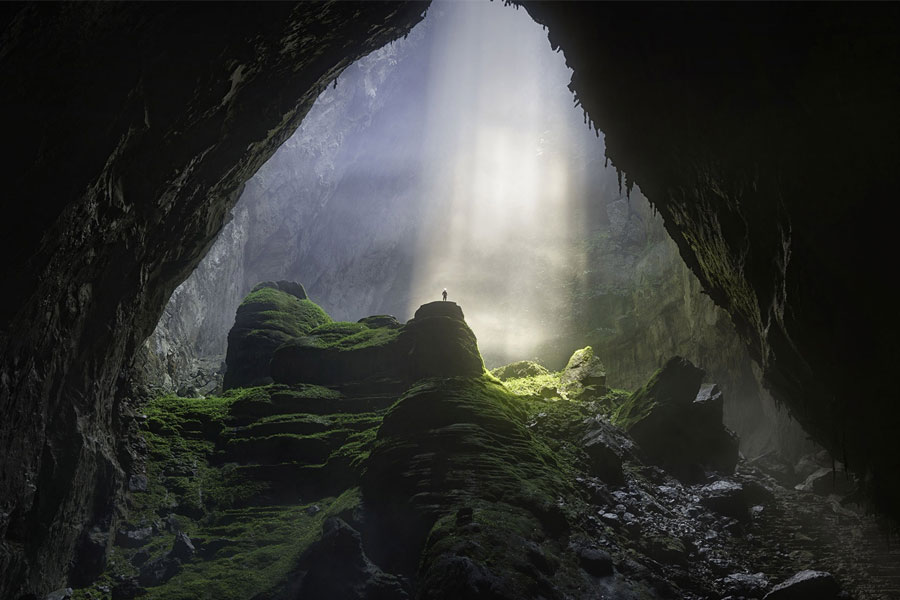
But it’s not just the size that’s incredible – it’s what’s inside that makes jaws drop. Son Doong’s huge chambers create different climates, giving various plants and animals their special spots to thrive.
With different levels of humidity, temperature, and light, it’s like a whole world underground. And the cave’s decorations are just as impressive as its size! Stalagmites and stalactites, some as tall as 70 to 80 meters, tell a story millions of years in the making.
And amidst all this beauty, there’s a thriving ecosystem – from green plants clinging to the walls to critters adapted to cave life, Son Doong is a treasure trove of life.
Fact 2: Coffee Culture
Vietnam’s coffee culture is a rich and captivating story that began in the 19th century when the French introduced coffee to the country. The famous “phin” filter technique and the choice of condensed milk instead of regular milk, both passed down from the French, are now defining features of Vietnamese coffee. Today, Vietnam stands proudly as the second-largest coffee producer in the world.
In the bustling streets of the north, “brown coffee” (ca phe nau) is a beloved favorite, while in the vibrant south, “milk coffee” (ca phe sua) captures the hearts of locals and tourists alike. The addition of condensed milk gives Vietnamese coffee its bold, sweet, and irresistibly creamy flavor, making it an unforgettable experience for anyone who tries it.

When in Hanoi, do not miss the chance to savor the unique “egg coffee” (ca phe trung), a delightful mix of strong black coffee topped with a creamy, sweet foam made from whipped condensed milk and egg yolk.
In Vietnam, coffee is more than just a beverage; it’s a big part of how people connect and go about their days. Having coffee here is about more than just drinking it; it’s a social thing that is deeply rooted in our way of life. Coffee spots all over Vietnam are lively places where friends, families, locals, and visitors meet up to chat, laugh, and feel close to one another.
Fact 3: The Ancient Town of Hoi An
Hoi An, situated in Quang Nam province, Vietnam, is recognized as a UNESCO World Heritage site for its exceptionally preserved architecture. With an impressive collection of over 1,360 historical structures, including streets, houses, assembly halls, and pagodas, Hoi An showcases a fascinating blend of local and foreign influences spanning from the 15th to the 19th centuries.
Exploring this ancient area, visitors will be captivated by the intricate details of moss-covered roofs and sculptures, a testament to the skill of artisans from Chinese, Japanese, Vietnamese, and Cham backgrounds.
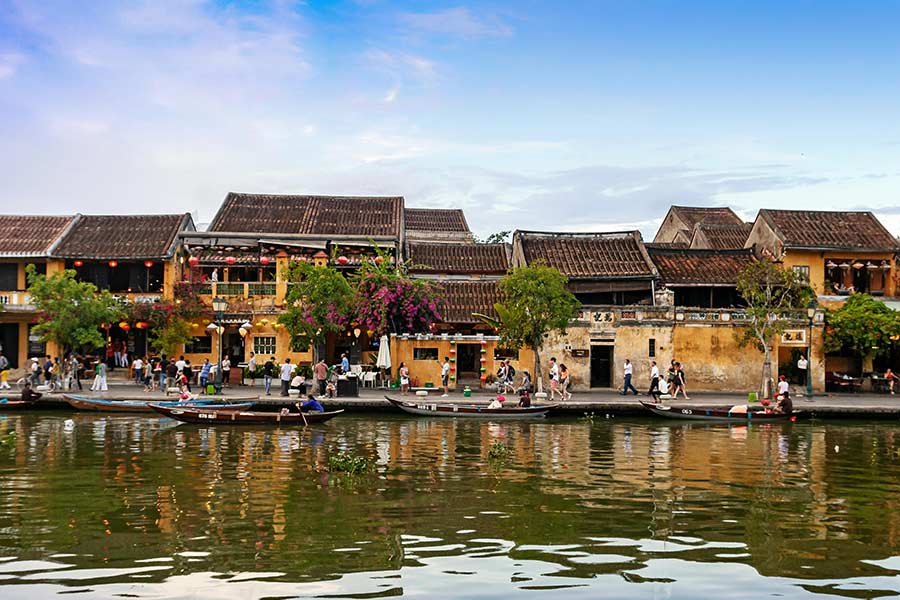
Aside from its architectural marvels, Hoi An delights visitors with its vibrant lantern festivals, bustling tailor shops, and timeless atmosphere, offering a delightful journey through Vietnam’s diverse cultural heritage.
Fact 4: Diverse Ethnic Groups
Vietnam is a land of diverse ethnic groups, boasting 54 officially recognized communities, each with its rich heritage of traditions and languages. Nowhere is this diversity more evident than in places like Sapa.
Nestled amidst misty fog and majestic mountains, Sapa is home to a variety of ethnic minority groups, including Hmong, Dao, Tay, Giay, Xa Pho, Kinh, and Hoa. These communities bring their unique customs, clothing styles, and festivals, adding to the vibrant cultural fabric of the region.
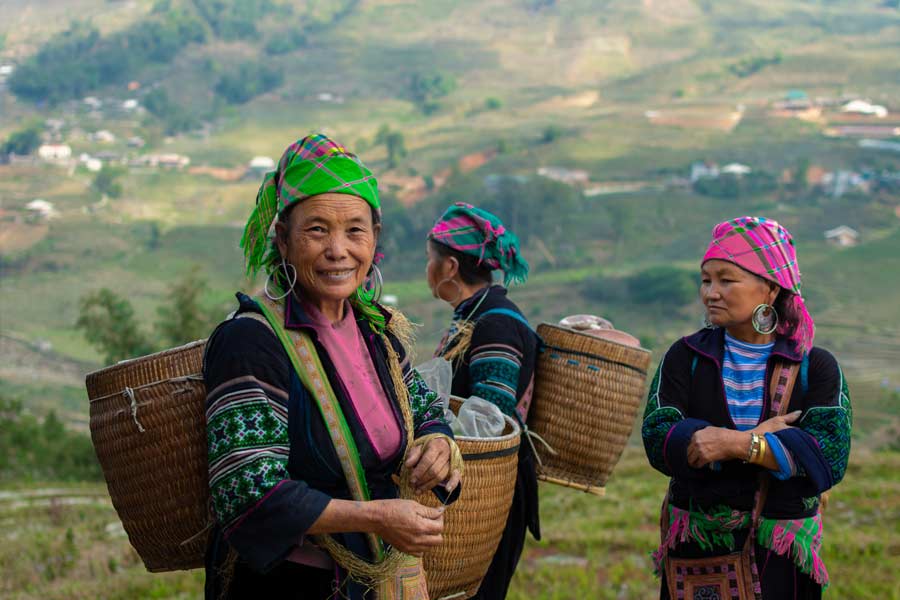
Over time, the locals have worked hard to preserve and honor their traditional practices and celebrations. From their distinct languages and attire to their literature and traditional jobs, each ethnic group in Sapa adds its special touch to the region’s character. This cultural richness not only benefits the local community but also attracts tourists, offering them a fascinating glimpse into Vietnam’s diverse cultural heritage.
Fact 5: Vietnam’s Unique Cuisine
In addition to the globally renowned Pho, Vietnamese cuisine boasts a wide variety of regional dishes that highlight the country’s diverse culinary scene. From the rich flavors of bun cha (grilled pork with noodles) to the satisfying taste of Cao Lau (Hoi An noodles) and the crispy texture of banh xeo (Vietnamese pancakes), there’s a dish to please every taste.
What makes Vietnamese food special is its focus on using fresh herbs to create balanced flavors. Fresh herbs like mint, cilantro, and basil add a fragrant touch to dishes, while vegetables like crisp bean sprouts and crunchy cucumbers contribute to their healthfulness and balance.
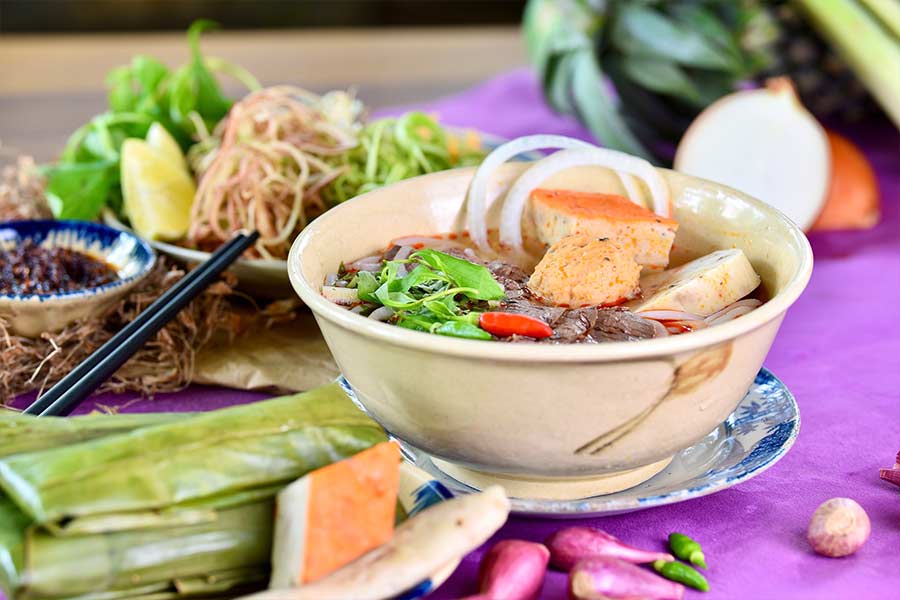
Vietnam’s unique cuisine also boasts delicious street food options which are known for being very affordable, allowing visitors to enjoy the best local dishes without spending a lot. Whether at busy food markets, roadside stalls, or major food courts, tourists can sample authentic Vietnamese flavors without worrying about costs.
Beyond the food itself, enjoying street food in Vietnam is also a social experience. Street food vendors serve as gathering spots for friends, where sharing tasty meals while chatting creates lasting memories.
Sitting at a table next to the bustling streets adds to the lively atmosphere, making Vietnamese street food an essential part of any visit to Vietnam.
Fact 6: The Mekong Delta
The Mekong Delta region in Vietnam, known as the “Rice Bowl” due to its incredibly fertile lands, is a captivating blend of natural beauty, rich culture, and lively communities.
Exploring this area allows visitors to delve into Vietnam’s diverse history, with its winding waterways and busy villages. Amidst the greenery, travelers can admire vast rice fields and fragrant fruit orchards.
The delta’s rivers are home to unique wildlife, including colorful birds and aquatic creatures. Life in the delta revolves around local crafts, with artisans passing down traditional skills through generations.
Visitors can also experience the bustling energy of floating markets like Cai Rang and Cai Be, where trading has been a vital part of community life for centuries, offering a glimpse into the region’s vibrant culture and commerce.
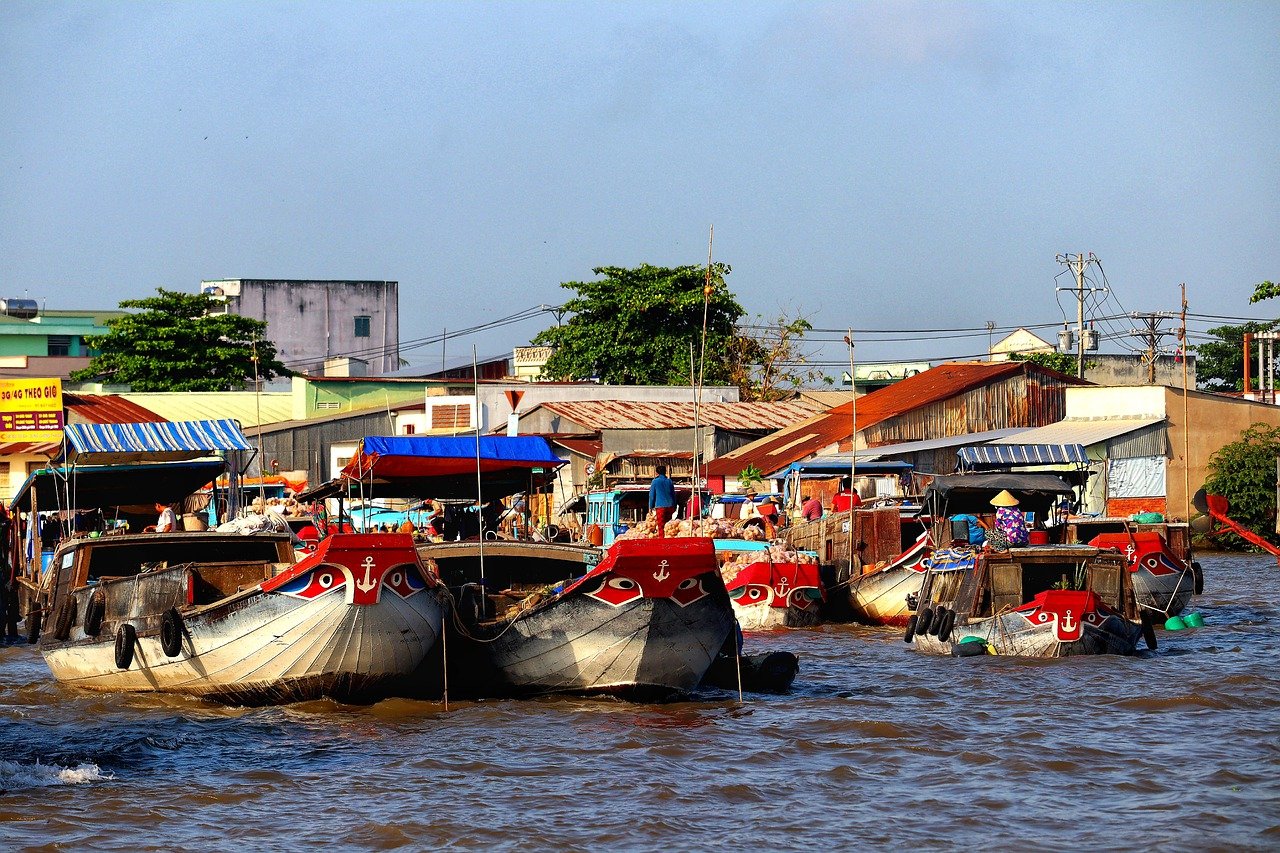
Fact 7: The Cu Chi Tunnels
The Cu Chi Tunnels were an extensive network of underground structures used during the Vietnam War. These tunnels, along with earth tunnels, underground bases, storage rooms, offices, kitchens, and infirmaries, covered an area of over 250 square kilometers.
They were designed for hiding, living, and conducting guerrilla warfare. The tunnels were narrow and low, dug by hand using basic tools. They were constructed by the Viet Minh resistance army and the National Front for the Liberation of South Vietnam during the Indochina War and the Vietnam War.
Visiting the Cu Chi Tunnels offers a unique opportunity to learn about Vietnam’s history and culture, as well as the underground life of soldiers and civilians during the war.
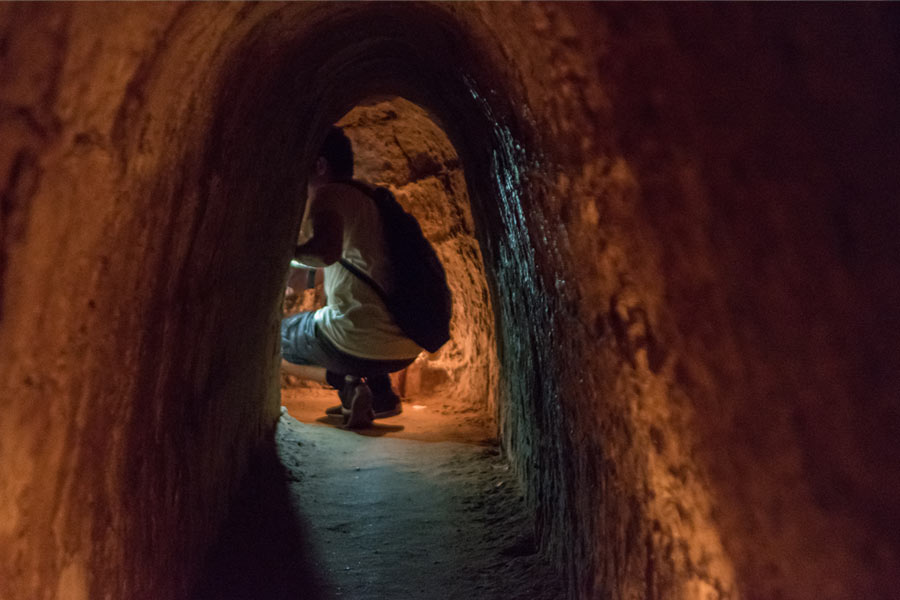
Fact 8: The Dragon Bridge in Da Nang
The Dragon Bridge in Da Nang is an impressive example of modern engineering and holds the title of the world’s largest dragon-shaped steel bridge. It’s a popular attraction thanks to its unique feature of “breathing” fire and water, which draws the interest of tourists.
Acting as a gateway to Da Nang City, the Dragon Bridge symbolizes the city’s advancement and growth. The fire show happens every Saturday, and Sunday, and on major holidays like Vietnamese Tet at 9 p.m., attracting large crowds. To ensure a better view among the bustling crowd, it’s recommended to book a table at a nearby restaurant in advance.
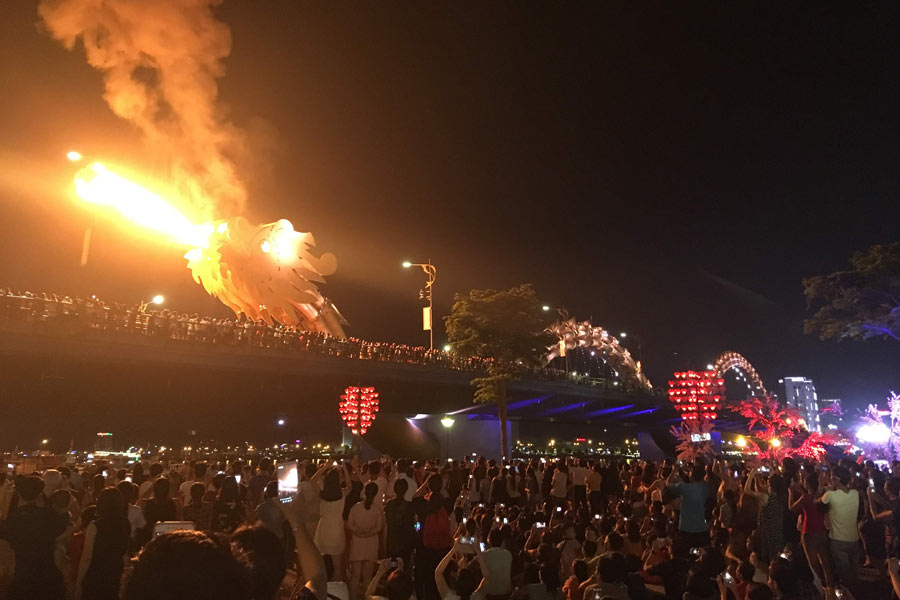
Fact 9: Traditional Water Puppetry
Water puppetry, or “mua roi nuoc,” is an ancient art form that originated in the 11th century in the Red River Delta of northern Vietnam. Traditionally performed in ponds and flooded rice paddies, the puppets dance across the water, controlled by puppeteers standing waist-deep behind a bamboo screen using strings, wires, and bamboo poles.
The shows often depict stories and legends from Vietnam’s rich cultural history, bringing to life traditional folktales and mythological narratives. Performances begin with drummers, followed by Uncle Teu, a comedic storyteller who introduces the characters and scenes.
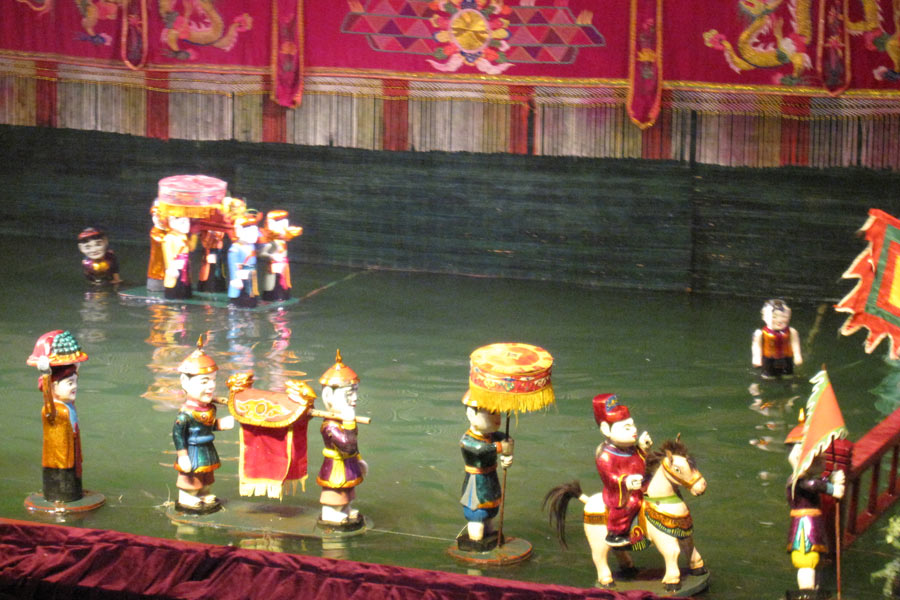
Enhanced with music, lights, candles, and fireworks, these shows offer a mesmerizing visual experience. For a deeper understanding of this art form, a visit to Đào Thục Village near Hanoi is recommended.
This village, home to one of the last water puppet workshops in Vietnam, offers insights into puppet-making and hosts shows on a beautiful outdoor stage, continuing a 300-year-old tradition. Additionally, several water puppet theaters can be found in cities across Vietnam.
Fact 10: The Marble Mountains
The Marble Mountains, located just 7 km from downtown Da Nang, Vietnam, are a stunning group of five limestone peaks named after the five elements: Kim (metal), Mộc (wood), Thuỷ (water), Hoả (fire), and Thổ (earth). These peaks are a popular destination for hiking, exploring caves, and visiting ancient pagodas. Among the highlights are the large, hidden caves like Huyen Khong Cave and Am Phu Cave, as well as many smaller, lesser-known caves.
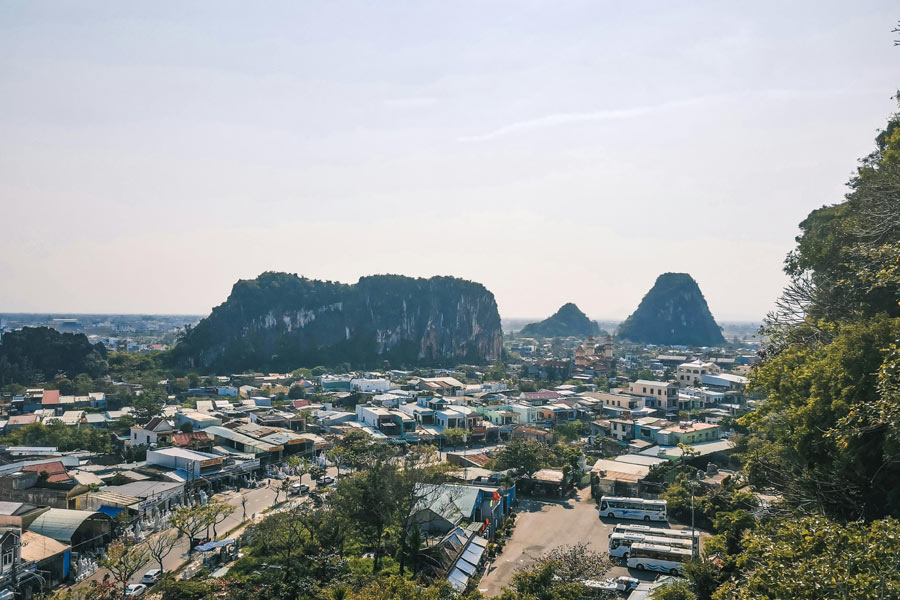
These caves are characterized by their cool, unique atmospheres, created by jungle plants and moss-covered walls. Each cave has distinctive features and fascinating histories, with some serving as hideaways over the centuries.
Touring the Marble Mountains also offers the chance to see striking pagodas, such as the Ling Ung Pagoda and Tam Thai Pagoda, adding to the rich cultural experience of this natural wonder.
Conclusion
In conclusion, Vietnam offers a wide range of unique and fascinating experiences that highlight its rich history, vibrant culture, and beautiful landscapes. Visitors can explore natural wonders, enjoy the country’s diverse traditions, or taste delicious local food. From modern bridges and ancient art forms to bustling street scenes, Vietnam has many layers to discover.
As you plan your trip, make sure to explore these special aspects of Vietnam, and feel free to share your own experiences and interesting facts in the comments below!
 huyen
huyen June 8, 2024
June 8, 2024 Vietnam
Vietnam
 74
74 YOU MAY ALSO LIKE
YOU MAY ALSO LIKE
 read more
read more

